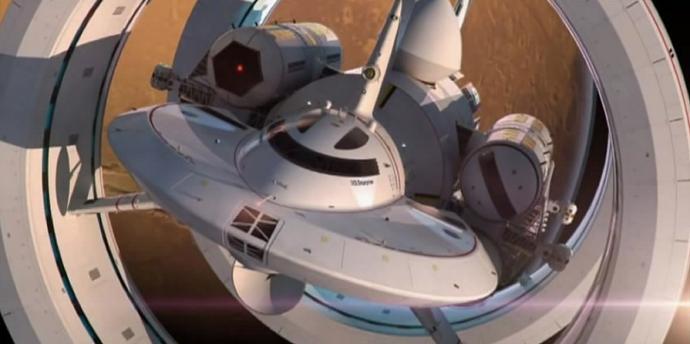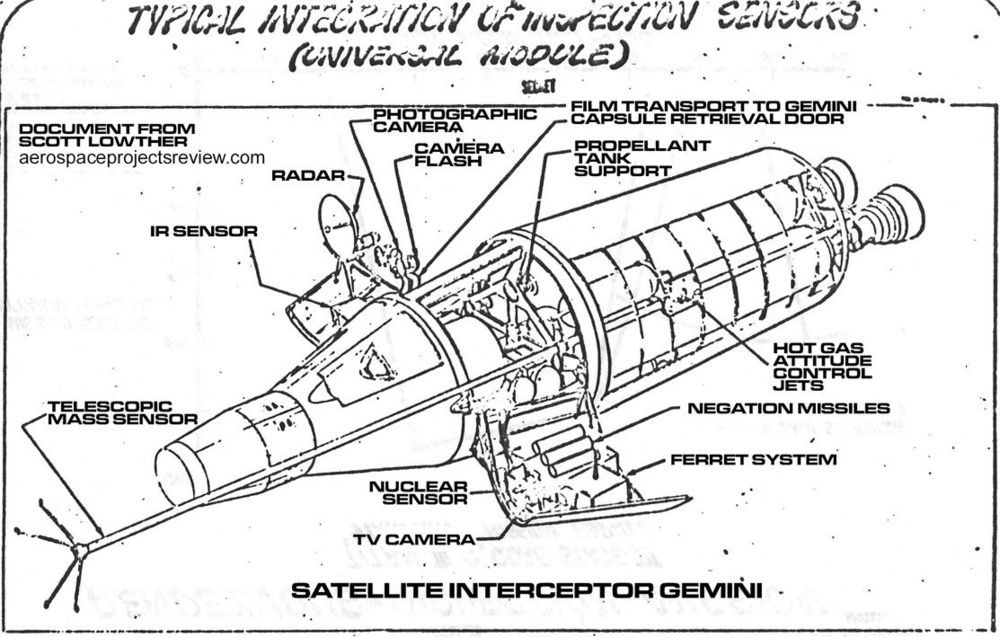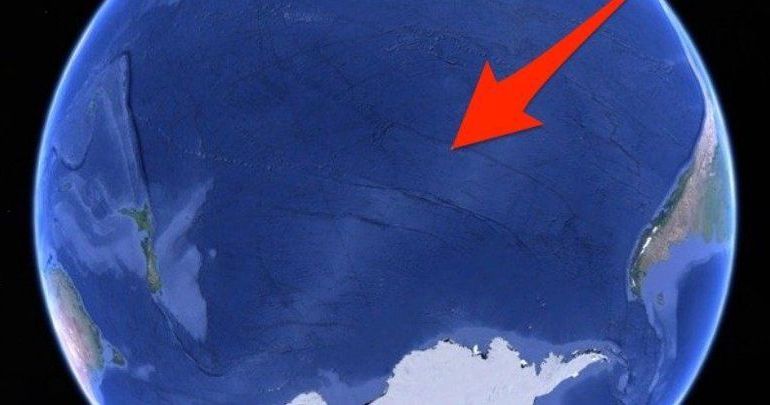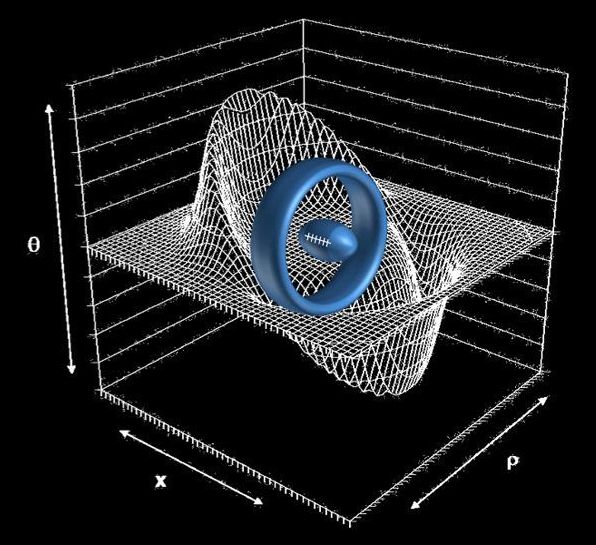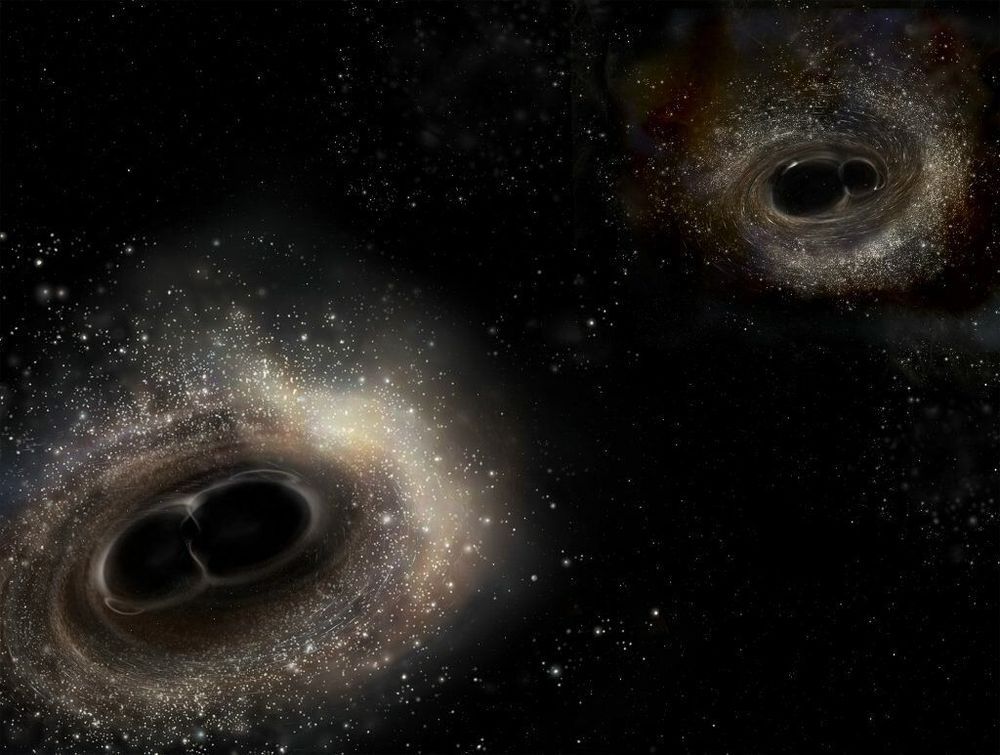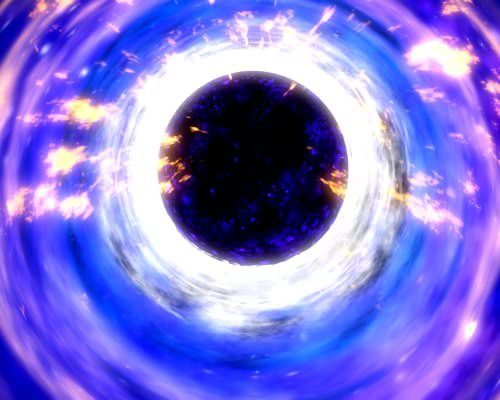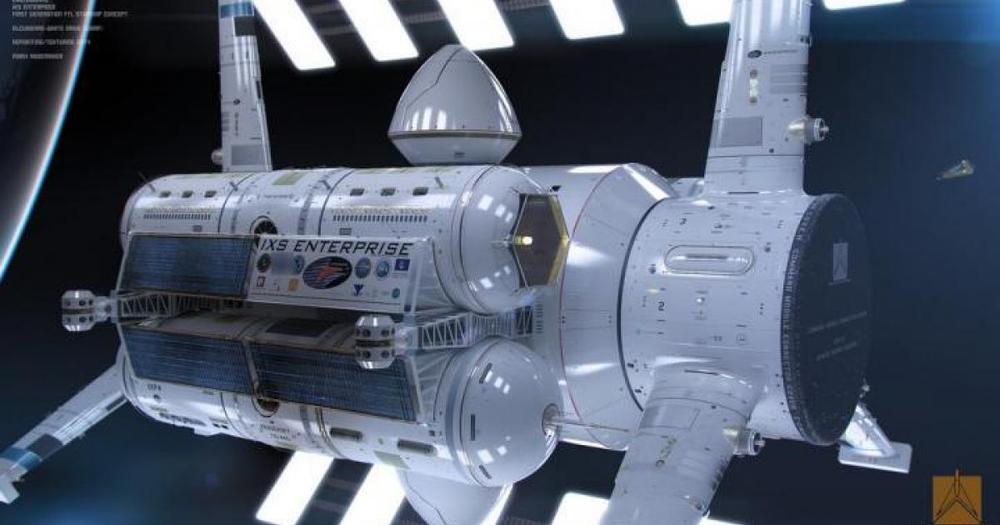Blue Origin says its New Shepard space capsule will be carrying humans soon.
Category: space travel – Page 376
Atomic Rockets
Posted in military, space travel
 Among science fiction stories with space flight, the overwhelming majority are about combat, both between spacecraft and between futuristic ground troops. Not to mention the occasional starship marine assault trying to board a hostile ship while in flight. Yes, there are a few non-combat stories, mostly about exploration, but space combat is here to stay.
Among science fiction stories with space flight, the overwhelming majority are about combat, both between spacecraft and between futuristic ground troops. Not to mention the occasional starship marine assault trying to board a hostile ship while in flight. Yes, there are a few non-combat stories, mostly about exploration, but space combat is here to stay.
This is just the natural continuation of the process of militarisation of space
Which naturally leads to questions about the space branch of the military of various nations. The “astro-military” in other words. Some may start out as a subdivision of an existing branch and eventually grow large enough to split off (such as how the US Army Air Corps spit off to become the US Air Force in 1947). Some may grow large enough to absorb other branches of the military, others may be reabsorbed into other branches. In William Keith’s Galactic Marines series one of the themes of the early novels is how the US Marines fight being absorbed or eliminated. Their solution is diversifying their mission to include performing assaults on Luna and Mars.
The launch was expected to encounter many technical and engineering challenges, including simplified procedures for pre-launch testing, the rocking motion of the ship and heat dissipation in a confined space.
China has become the first nation to fully own and operate a floating launch platform for its space missions.
The most remote location on Earth has many names: It’s called Point Nemo (Latin for ‘no one’) and the Oceanic Pole of Inaccessibility. Most precisely, its exact coordinates are 48 degrees 52.6 minutes south latitude and 123 degrees 23.6 minutes west longitude.
The spot is about 2,250 km (1,400 miles) from any spot of land — and the perfect place to dump dead or dying spacecraft, which is why it’s home to what NASA calls its “spacecraft cemetery.”
“It’s in the Pacific Ocean and is pretty much the farthest place from any human civilisation you can find,” NASA said.
The idea of traveling to another star system has been the dream of people long before the first rockets and astronauts were sent to space. But despite all the progress we have made since the beginning of the Space Age, interstellar travel remains just that – a dream. While theoretical concepts have been proposed, the issues of cost, travel time and fuel remain highly problematic.
A lot of hopes currently hinge on the use of directed energy and lightsails to push tiny spacecraft to relativistic speeds. But what if there was a way to make larger spacecraft fast enough to conduct interstellar voyages? According to Prof. David Kipping, the leader of Columbia University’s Cool Worlds lab, future spacecraft could rely on a halo drive, which uses the gravitational force of a black hole to reach incredible speeds.
Prof. Kipping described this concept in a recent study that appeared online (the preprint is also available on the Cool Worlds website). In it, Kipping addressed one of the greatest challenges posed by space exploration, which is the sheer amount of time and energy it would take to send a spacecraft on a mission to explore beyond our solar system.
What would happen if humans could deliberately create a blackhole? Well, for starters we might just unlock the ultimate energy source to create the ultimate spacecraft engine — a potential “black hole-drive” — to propel ships to the stars.
It turns out black holes are not black at all; they give off “Hawking radiation” that causes them to lose energy (and therefore mass) over time. For large black holes, the amount of radiation produced is miniscule, but very small black holes rapidly turn their mass into a huge amount of energy.
Over the years NASA have conducted a huge number of highly ambitious projects with the goal of the perfection of space travel but their latest project may be the most extraordinary yet.
In a seismically isolated room in the Johnson Space Center, researchers from the space agency are working with an electric field that they are trying to manipulate in such a way that it could literally bend the fabric of space and time. The researchers believe that if they are successful then they could theoretically begin work on interstellar space travel that would allow craft to fly faster than the speed of light. But is this really possible?
